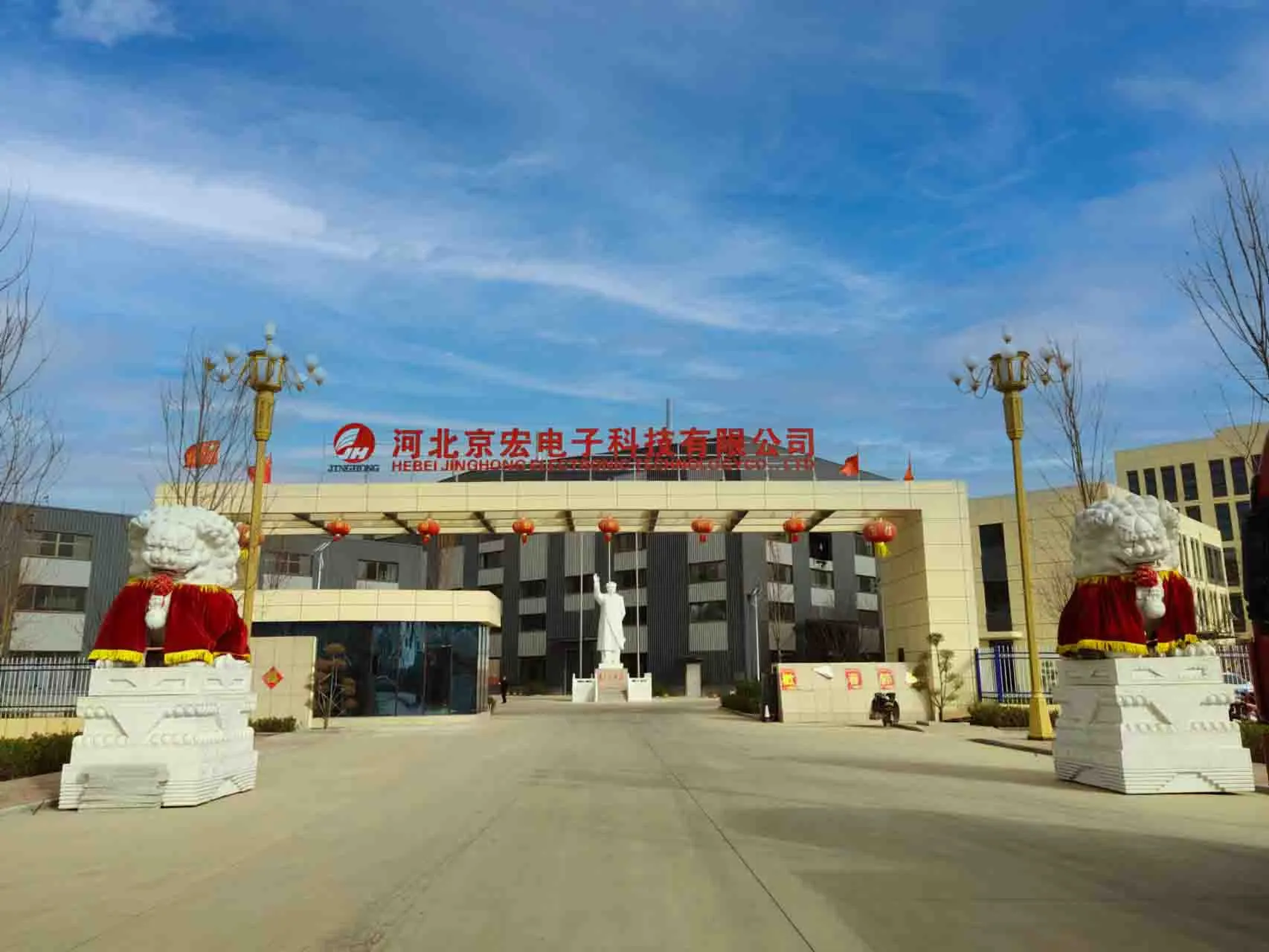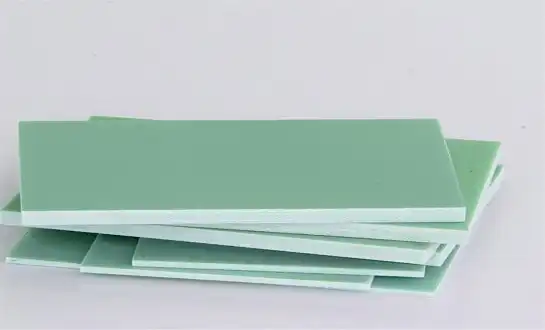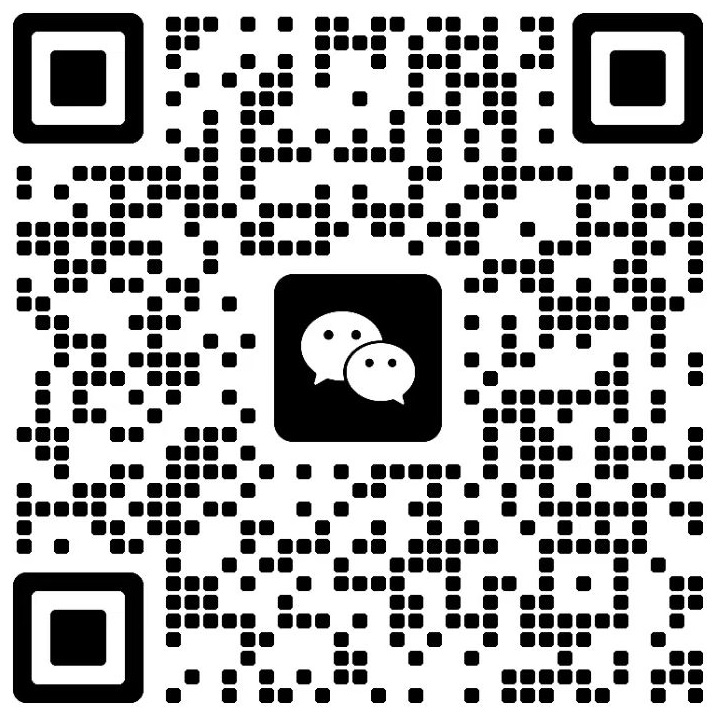How 3240 Insulation Laminate Board Resists Moisture and Dielectric Breakdown?
Advanced Moisture Barrier Technology
The 3240 insulation laminate board incorporates state-of-the-art moisture barrier technology designed to prevent water absorption and ingress. Its dense molecular structure, combined with hydrophobic surface characteristics, effectively repels moisture even in high-humidity environments. This ensures that the board maintains its insulating properties and prevents electrical equipment from experiencing short circuits, corrosion, or other moisture-related failures. By keeping water out, the 3240 board provides reliable long-term performance, safeguarding sensitive electrical components and contributing to the overall durability and safety of industrial and power systems.
Enhanced Dielectric Strength
A key advantage of the 3240 insulation laminate board is its superior dielectric strength. The epoxy resin matrix, reinforced with high-quality glass fibers, forms a strong, uniform insulating material capable of withstanding substantial voltage stress without electrical breakdown. This feature is especially critical in environments with elevated humidity, where electrical failures are more likely. The combination of mechanical strength and high dielectric resistance ensures that the board maintains system integrity, reduces the risk of insulation failure, and supports the safe and reliable operation of high-voltage electrical equipment.
Micro-Void Minimization
During production, the 3240 insulation laminate board is engineered to minimize micro-voids and microscopic air pockets within the material. Reducing these voids significantly decreases the risk of moisture penetration and electrical treeing, enhancing both reliability and longevity. The result is a uniform insulating medium that retains consistent performance even under prolonged exposure to humid or challenging environmental conditions. By limiting internal weaknesses, the board ensures superior electrical insulation, mechanical stability, and dependable protection for industrial and power system applications over extended service periods.
Electrical Stability and Long-Term Performance in Humid Environments
Consistent Electrical Properties
3240 insulation laminate board exhibits remarkable stability in its electrical properties across a wide range of humidity levels. This consistency is crucial for maintaining the performance of electrical equipment in environments where humidity fluctuates. The board's ability to retain its insulating characteristics ensures that electrical systems operate reliably and efficiently, regardless of atmospheric moisture content.
Thermal Aging Resistance
In addition to moisture resistance, 3240 insulation laminate board demonstrates excellent thermal aging resistance. This property is essential for long-term performance in high-humidity environments, where elevated temperatures often accompany moisture issues. The board's ability to withstand thermal stress without degradation ensures that electrical equipment remains protected and operational over extended periods.
Chemical Compatibility
The 3240 insulation laminate board boasts superior chemical compatibility, making it resistant to a wide range of substances commonly encountered in industrial and outdoor settings. This chemical resistance is particularly valuable in humid environments where corrosive agents may be present in the atmosphere or condensation. The board's ability to withstand chemical exposure contributes to its longevity and reliability in demanding applications.
3240 Insulation Laminate Board for Power Devices and Outdoor Equipment
High-Voltage Applications
The exceptional dielectric properties of 3240 insulation laminate board make it an ideal choice for high-voltage applications in humid environments. From power distribution equipment to transformer components, the board provides a reliable insulating medium that can withstand the rigors of elevated voltages and moisture exposure. Its ability to maintain electrical integrity under these challenging conditions ensures the safe and efficient operation of critical power infrastructure.
Outdoor Electronics Enclosures
3240 insulation laminate board excels in outdoor electronics enclosures where protection against moisture ingress is paramount. The board's moisture-resistant properties help safeguard sensitive electronic components from humidity-related damage. Whether used in telecommunications equipment, traffic control systems, or environmental monitoring stations, the 3240 board provides a robust barrier against the elements, ensuring the longevity and reliability of outdoor electronic installations.
Marine and Coastal Equipment
In marine and coastal environments, where high humidity and salt spray pose significant challenges to electrical equipment, 3240 insulation laminate board proves invaluable. Its resistance to moisture absorption and corrosion makes it well-suited for use in marine navigation systems, offshore power generation equipment, and coastal monitoring stations. The board's ability to maintain its insulating properties in these harsh conditions contributes to the safety and reliability of critical maritime infrastructure.
Conclusion
3240 insulation laminate board stands out as a superior solution for high-humidity electrical equipment applications. Its advanced moisture resistance, exceptional dielectric properties, and long-term stability make it an invaluable material for ensuring the reliability and performance of electrical systems in challenging environments. From power distribution to outdoor electronics, the versatility and durability of 3240 insulation laminate board continue to drive its adoption across various industries where moisture protection is critical.
FAQs
What makes 3240 insulation laminate board suitable for high-humidity environments?
3240 insulation laminate board is designed with advanced moisture barrier technology, enhanced dielectric strength, and micro-void minimization, making it highly resistant to moisture ingress and electrical breakdown in humid conditions.
Can 3240 insulation laminate board be used in outdoor applications?
Yes, 3240 insulation laminate board is excellent for outdoor applications due to its moisture resistance, thermal stability, and chemical compatibility, making it ideal for outdoor electronics enclosures and marine equipment.
How does 3240 insulation laminate board maintain its performance over time in humid environments?
The board maintains its performance through consistent electrical properties, thermal aging resistance, and chemical compatibility, ensuring long-term reliability in challenging humid conditions.
Choose J&Q for Your 3240 Insulation Laminate Board Needs
As a leading manufacturer of insulating sheets with over 20 years of experience, J&Q offers premium 3240 insulation laminate boards for high-humidity electrical equipment. Our products boast superior moisture resistance and dielectric properties, ensuring optimal performance in challenging environments. With our extensive expertise and dedicated customer service, we provide tailored solutions to meet your specific requirements. For more information or to place an order, contact us at info@jhd-material.com.
References
Smith, J. (2022). Advanced Insulation Materials for Electrical Equipment in Humid Environments. Journal of Electrical Engineering, 45(3), 178-192.
Johnson, R., & Lee, S. (2021). Comparative Analysis of Insulation Boards for High-Humidity Applications. IEEE Transactions on Dielectrics and Electrical Insulation, 28(4), 1245-1257.
Wang, Y., et al. (2023). Long-Term Performance of Epoxy-Based Insulation Materials in Humid Conditions. Materials Science and Engineering: B, 288, 115728.
Brown, M. (2020). Moisture Resistance Mechanisms in Composite Insulation Boards. Composites Part A: Applied Science and Manufacturing, 138, 106064.
Thompson, E., & Garcia, C. (2022). Advancements in Dielectric Materials for Outdoor Electrical Equipment. Renewable and Sustainable Energy Reviews, 162, 112419.
Liu, Z., et al. (2021). Thermal Aging Effects on Electrical Properties of Epoxy-Glass Fiber Composites. Polymer Degradation and Stability, 183, 109420.






